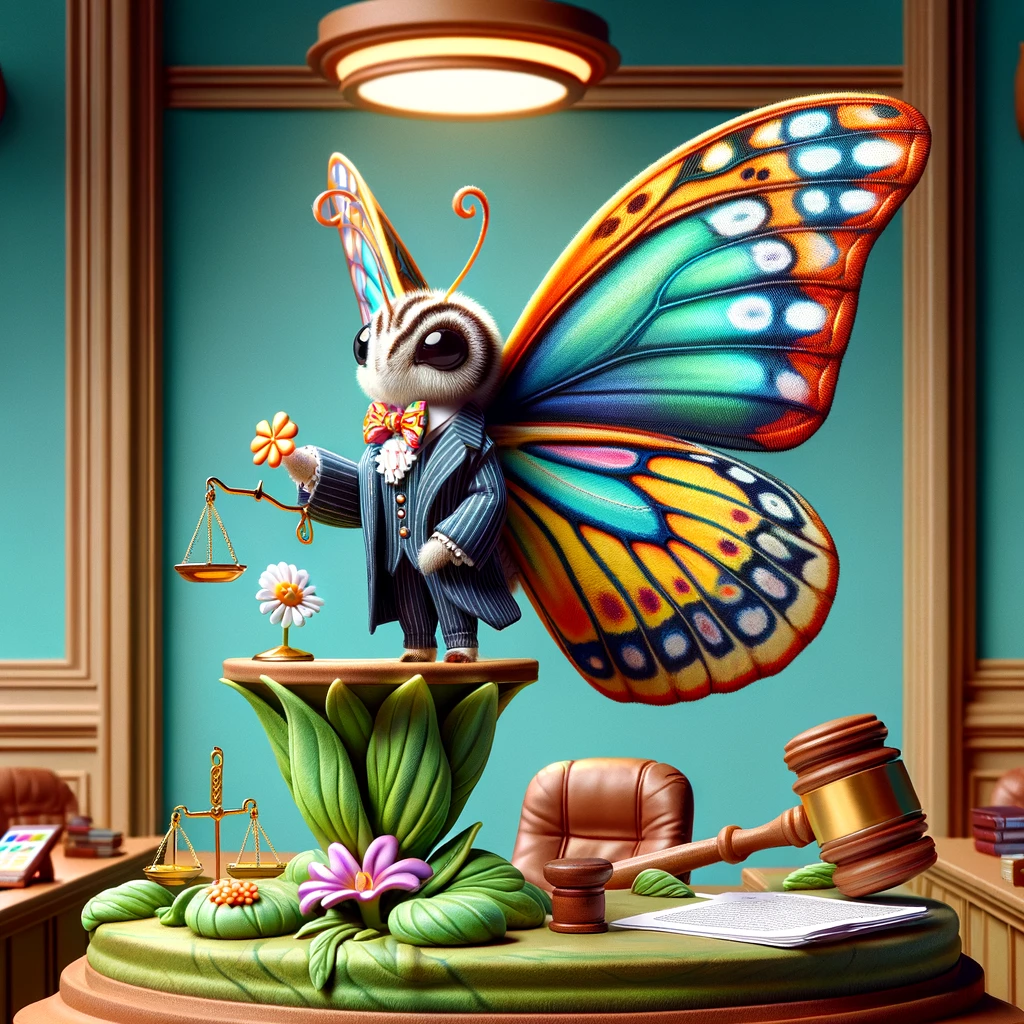Butterfly collecting has been a popular hobby for centuries, offering insights into biodiversity, ecology, and the beauty of nature. However, the legal landscape governing the collection and keeping of butterflies is intricate, aiming to balance the interests of collectors, scientists, and conservationists.

Here are the key legal considerations in the realm of butterfly collecting.
Endangered Species Laws
The most stringent regulations pertain to butterflies listed as endangered or threatened. International agreements like the Convention on International Trade in Endangered Species of Wild Fauna and Flora (CITES) and national laws like the Endangered Species Act (ESA) in the United States prohibit or strictly regulate the capture, trade, and keeping of listed species. Violations can result in severe penalties, including fines and imprisonment.
Collection Permits
In many regions, collectors must obtain permits to collect butterflies, even if the species are not endangered. Permits are usually issued by a government wildlife or conservation authority and may specify the number of specimens, species, and locations where collection is allowed. The process aims to ensure that collection activities do not adversely affect local populations or ecosystems.
Habitat Protection Laws
Laws that protect habitats indirectly impact butterfly collecting. Activities that may damage critical habitats, such as wetlands, forests, or prairies, are often regulated. Collectors need to be aware of and comply with any habitat protection laws in the areas where they wish to collect.
Trade and Export Regulations
The trade and export of butterflies, especially internationally, are subject to regulations to prevent over-exploitation and protect biodiversity. These regulations may require permits or restrict the export of certain species. Accurate documentation and adherence to legal requirements are crucial for collectors engaged in trading or exporting butterflies.
Ethical Considerations
Beyond legal requirements, ethical considerations play a significant role in butterfly collecting. Collectors are encouraged to follow ethical guidelines, such as minimizing harm to butterfly populations, avoiding collection in sensitive or protected areas, and respecting the rules of local communities and private lands.
Scientific and Educational Use
Special provisions often exist for the collection of butterflies for scientific research or educational purposes. Institutions like universities, museums, and research organizations may be granted exemptions or special permits, recognizing the value of these activities for conservation and education. However, these entities are still required to follow strict protocols to ensure their activities do not harm butterfly populations.
While butterfly collecting can be a rewarding and educational hobby, it is governed by a complex framework of laws and regulations designed to protect these delicate creatures and their ecosystems. Whether for personal enjoyment, scientific research, or educational purposes, it’s imperative that collectors understand and adhere to these legal and ethical standards. As conservation awareness grows, these regulations play a pivotal role in ensuring that the beauty and diversity of butterfly species can be preserved for future generations.